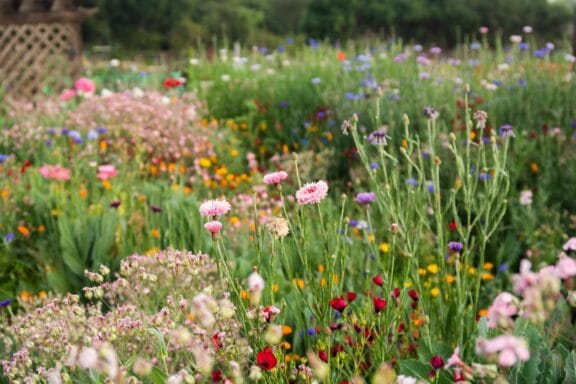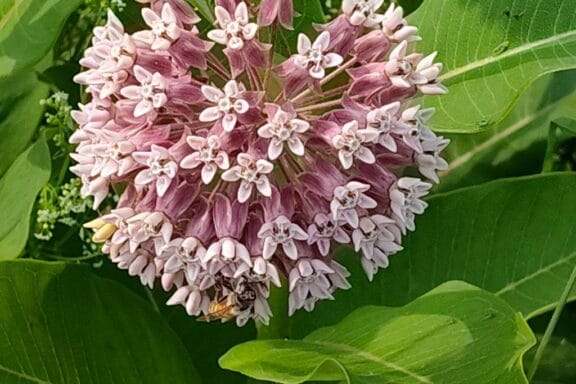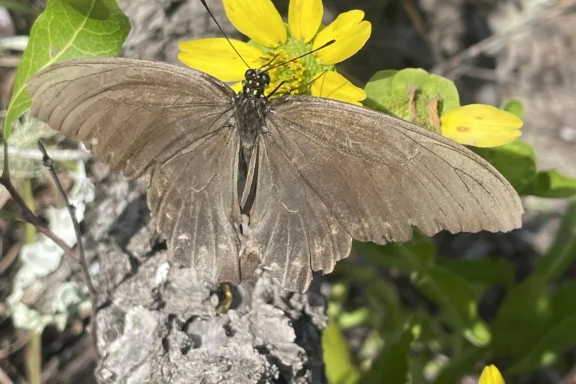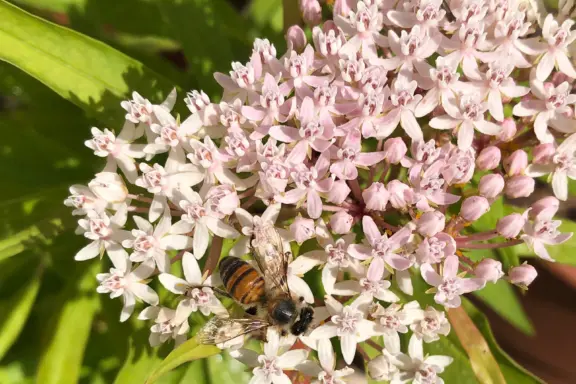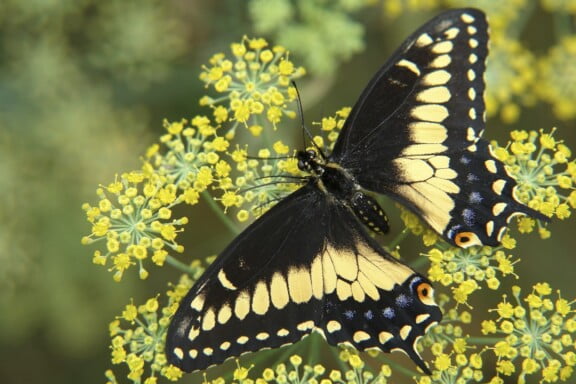Every spring, the big box stores roll out a rainbow of seedlings under fluorescent lights: petunias, marigolds, zinnias, and “pollinator blends” designed to catch your eye. They’re planted in tight rows, surrounded by mulch dyed red and black, and watered by timer. The neighbors compliment the blooms. The yard wins […]
Entomology
Introducing “UnCommon Milkweed” – A Monarch Superhost for Zones 3–8
At Johnny Butterflyseed, we’re thrilled to announce our newest native seed offering: UnCommon Milkweed Seeds (Asclepias syriaca) — a powerful larval host plant for the endangered Monarch Butterfly: Native to the eastern and central U.S., A. syriaca is one of the most important milkweeds for supporting Monarch caterpillars. It produces […]
Misidentification of Swallowtails in the Absence of Host Plants: A Case Study from the Lake Wales Ridge
In the world of citizen science and digital naturalism, there’s a growing reliance on photographic evidence for species identification. Platforms like iNaturalist have democratized biodiversity data collection, but they’ve also opened the door to misidentification when context is ignored—especially ecological context. Nowhere is this more apparent than in the frequent […]
Whorled Milkweed (Asclepias verticillata)
Whorled Milkweed is one of the many varieties of milkweed that are critical to the survival of the Monarch Butterfly (Danaus plexippus).
Differences Between Asclepias Incarnata and Asclepias Perennis
“White Swamp Milkweed”: A Guide by Johnny Butterflyseed As an advocate for native plants and the preservation of butterfly habitats, Johnny Butterflyseed is committed to educating enthusiasts about the various milkweed species that support monarch butterflies in Florida and throughout the U.S. Southeast. Today, we focus on two milkweed species […]
Planting Guide for Monarch Sunflower Seeds (Helianthus annuus)
This guide will provide you with all the necessary steps to successfully plant and nurture Monarch Sunflowers across USDA Zones 1 through 11.
How Tall Elephantsfoot (Elephantopus elatus) Sustains U.S. Southeastern Butterflies
Tall Elephantsfoot is a valuable native plant in the southeastern United States, offering significant benefits to butterflies through nectar provision, habitat enhancement, and participation in broader ecological relationships.
Cultivating Dill for Black Swallowtail Butterflies in Florida’s Fall
Each fall, as the sweltering heat subsides, a window opens for cultivating an aromatic herb and sanctuary for the enchanting Black Swallowtail butterflies – Dill.
